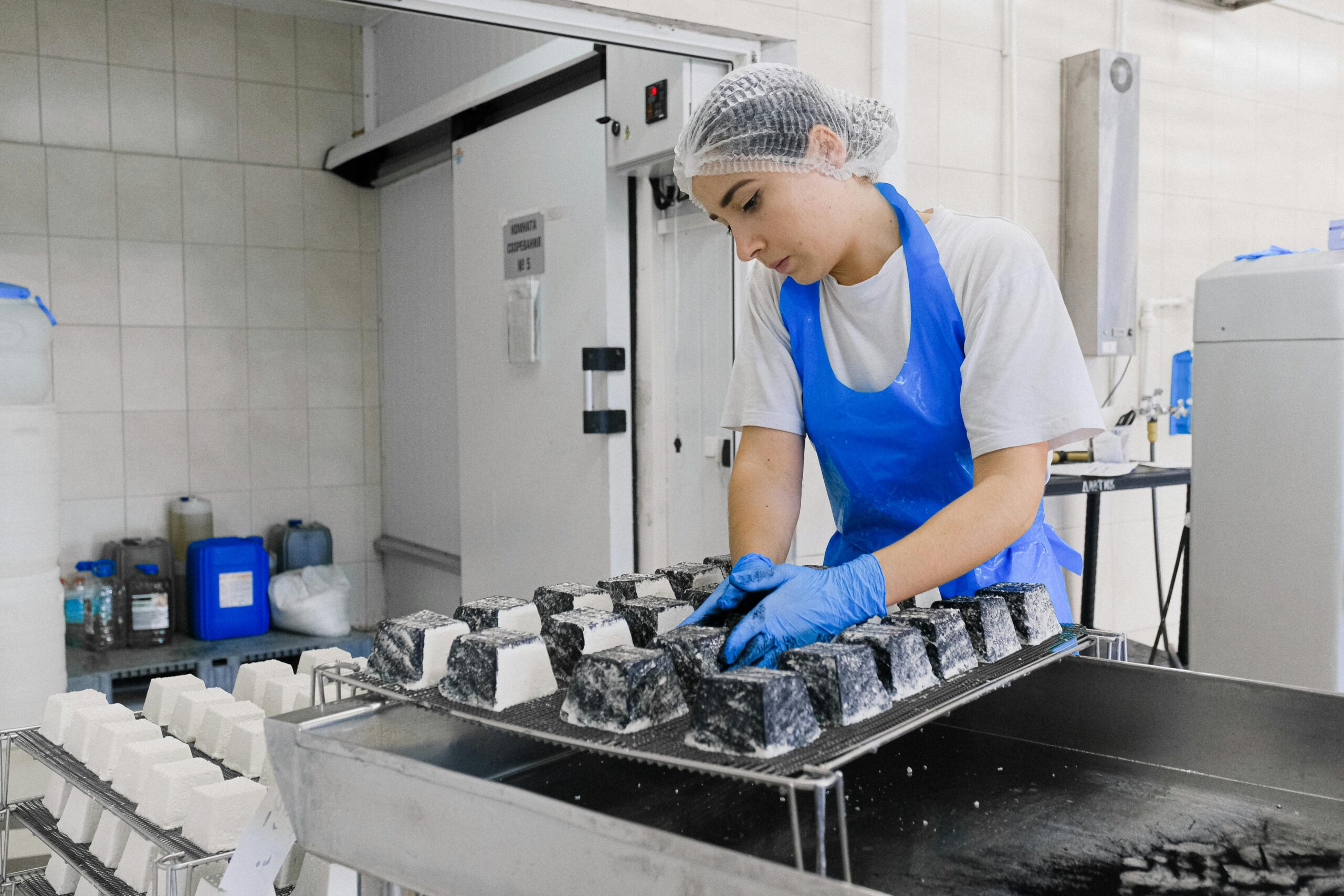
The food processing industry is a crucial part of the global supply chain, responsible for transforming raw agricultural products into the food items that reach consumers worldwide. However, the industry faces significant labour shortages that disrupt operations, lower productivity, and impact growth potential. Addressing these recruitment and employee retention challenges is critical for the future stability of the industry.

Labour Shortages in the Food Processing Industry
Labour shortages in food processing stem from various factors, many of which are structural within the industry. Jobs in this sector are typically shift-based, physically demanding, and repetitive, making them less appealing to local workers. The COVID-19 pandemic further worsened labour shortages, impacting worker health and safety and driving employees toward roles in other industries that offer better flexibility and safety conditions.
In the US today roughly 750,000 jobs are vacant in the overall manufacturing sector with that number set to rise to 2.1 million by 2030.
In Canada, it is reported that the food and beverage manufacturing industry will need 142,000 new employees by 2030.
The estimated cost to businesses is roughly $190 per day per unfilled position in lost net revenue.
With demand for processed food products on the rise, food processors are under increasing pressure to meet consumer expectations for quality, variety, and availability. However, recruiting new workers remains a major challenge. Many potential employees, particularly younger candidates, are gravitating toward jobs in sectors like technology or healthcare that offer greater flexibility, higher pay, and clearer career paths. Consequently, food processing facilities are struggling to find skilled workers for roles on the production line, in quality control, and in logistics.

Retention Challenges in Food Processing Jobs
Retaining workers is another major hurdle for food processing facilities. High employee turnover rates are common due to the demands of the job, limited career advancement, and lack of opportunities for skill development. In many facilities, employees perform repetitive manual tasks, leading to burnout and job dissatisfaction, especially among younger workers seeking career growth.
The physically demanding nature of food processing jobs also contributes to high rates of workplace injuries, absenteeism, and fatigue, causing some employees to leave the industry entirely. Additionally, wages and benefits in food processing may not always compete with other industries, making it challenging to retain workers when they’re drawn to other jobs that offer better compensation or flexible schedules.

Solutions to Recruitment and Retention Challenges in Food Processing
Addressing labour shortages in the food processing industry requires new strategies for recruiting and retaining workers. Competitive wages and benefits are essential for attracting candidates, particularly in today’s competitive labour market. Many companies in food processing are also exploring incentives like signing bonuses, transportation assistance, and flexible schedules to make these roles more appealing.
Investing in training programs and providing clear career paths are also key retention strategies. By offering upskilling opportunities, food processors can create a workforce that’s both skilled and engaged. Some companies are also improving workplace conditions by investing in automation. Automation not only reduces the physical strain on workers but also allows employees to take on more skilled roles within the facility.
International workers offer another valuable solution for filling workforce gaps, especially in shift-based and seasonal roles. Leveraging immigration programs can help food processing companies address critical shortages while adding diversity to the workforce.
Conclusion
Labour shortages, recruitment challenges, and retention issues are pressing concerns in the food processing industry, but they’re also solvable. By adopting strategies to attract and retain workers—such as competitive wages, training programs, and improved working conditions—food processors can build a resilient workforce. Embracing these changes will help ensure the food processing industry continues to thrive and meet the growing demand for high-quality, readily available food products.
